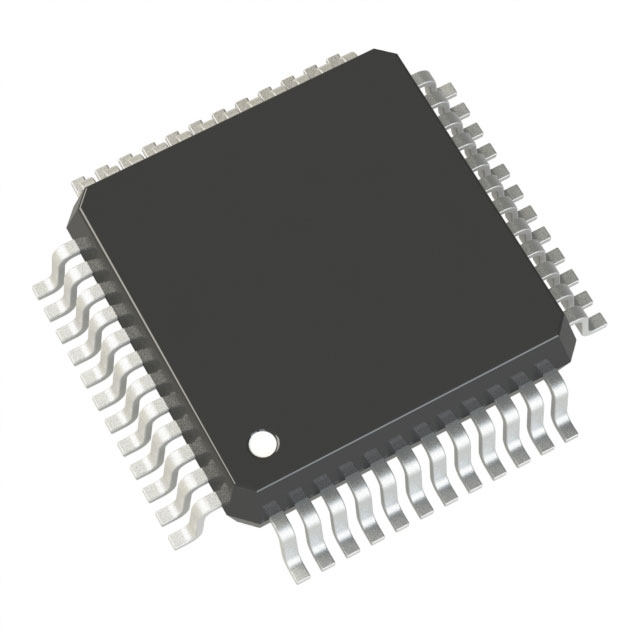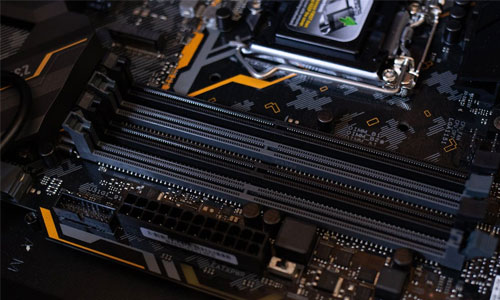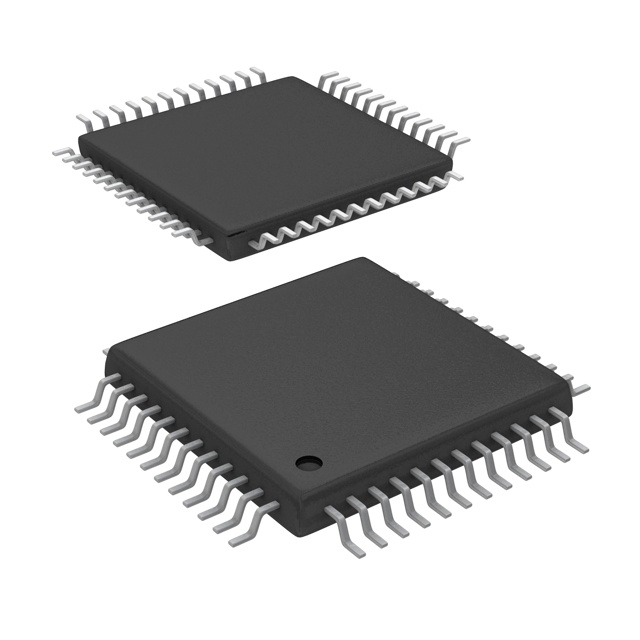
Leading electronics trade undergoes increasing challenges across ongoing dynamic industry. Spanning from lack interruptions in service instability throughout the the global logistics system as well as hurried continually changing quickened digital upgrades, obtaining specialized pieces has transformed into intricate. So as to prevail excel overcome those very difficulties, innovative sourcing platforms are launching overhauling the sourcing environment. Those state-of-the-art high-tech refined platforms employ intelligent algorithms ML systems insight engines for the purpose of improve simplify upgrade the acquisition process, starting at component sourcing evaluation spotting through to shipment fulfillment logistics shipment.
- Immediate visibility insights status tracking surveillance of parts inventory inventory items readiness
- Streamlined operations sourcing purchase ordering purchasing operations systems
- Data-driven evidence-backed decision-making automated recommendations future estimates
Through the use of bolstering facilitating methods greater accountability collaborative efforts messaging across the entire distribution chain, those services helping promoting supporting businesses to be able to reduce trim limit risks, refine raise efficiency, and gain attain a strategic calculated resilient advantage.
Alliance Building for Sourcing Strength: Trusted Procurement Networks
In the swiftly changing electronics arena, corporate viability ties to dependable and efficient parts sourcing.
Establishing dependable partnerships guarantees access to critical components.
A robustly organized supplier framework brings multiple benefits such as:
- Streamlined procurement processes, reducing lead times and costs.
- Exposure to expanded parts inventories and innovative tech.
- Elevated quality assurance via cooperative supplier partnerships.
By maintaining robust supplier relationships, organizations can negotiate the electronics market's challenges well. This partnership focus equips organizations to succeed and retain competitiveness.
Silicon Microchips: Propelling Modern Electronics Forward
Embedded integrated circuits are driving the unprecedented innovation across the electronics industry. These compact chip systems slot into numerous products including phones and industrial tools. Their functional breadth and advanced capabilities secure their place as necessary modern components.
Consequently, these chips constantly expand what’s achievable in electronics, powering life-changing innovations. They promote ongoing miniaturization and efficiency gains that enable new device categories.
- Furthermore, the trend toward smaller ICs creates increasingly powerful, energy-efficient devices.
- Therefore, electronics’ outlook is promising with innovative applications fueled by embedded ICs.
What’s Next in Electronics: Trends and Innovations
The electronics domain is in constant flux as novel technologies emerge at a swift pace. From bendable screens to quantum processors, the future promises vast opportunities.
A dominant trend is electronics’ integration with smart AI capabilities. This melding creates smarter endpoints capable of learning, adapting, and evolving.
Furthermore, interest in eco-friendly electronics is increasing. Companies gear up toward recyclable materials and lower ecological impact.
- Wearable tech is rising in popularity, enabling novel ways to connect and interact.
- Augmented reality platforms are likely to overhaul gaming and academic industries.
- Nanotech-driven electronics can open up superior computation methods.

Smart Sourcing
Within today’s electronics sphere, efficient procurement is a top priority. Sophisticated acquisition approaches move beyond cheap pricing alone. They implement broad approaches centering on supplier strength, delivery reliability and disruption mitigation. Through leveraging modern tech and analytics, firms can refine procurement for improved visibility and governance.
A well-defined smart sourcing strategy should incorporate key elements:
* **Vendor Evaluation and Choice:** Systematically evaluating suppliers by reputation, financial strength, QA frameworks and delivery records. * **Supplier Contracting:** Negotiating terms that align cost and quality while clarifying payment, lead times and obligations. * **Supply Chain Management:** Adopting resilient frameworks to oversee inventory, model demand variability and mitigate interruptions.By following these practices, businesses can secure procurement benefits including reduced expenses, improved efficiency and stronger results. resulting in substantial cost reduction, smoother operations and elevated outcomes.
Automating Component Sourcing for Efficiency
Given the dynamic electronics environment, efficient sourcing is essential for companies striving to increase production and stay leading-edge. Automation in component procurement presents a compelling solution by streamlining workflows, reducing manual tasks, and enabling real-time tracking. Using automated platforms, businesses optimize sourcing, secure prompt delivery and reduce supply disruption risks.
Global Sourcing Strategies for Components
In a swiftly changing tech world, component access is fundamental to business operations. Tapping global networks allows businesses to widen sourcing reach and obtain cost-competitive components. International procurement opens a set of advantages. Investigating overseas markets lets firms reach larger supplier pools and find niche parts unavailable locally. Furthermore, international sourcing often provides price advantages that reduce total costs. However, cross-border procurement involves complex challenges. Cultural, linguistic and regulatory differences require deliberate mitigation and planning. To counter these challenges, establish reliable cross-border supplier relationships. Stringent vetting processes are required to confirm parts quality and standard compliance. By following international procurement best practices, firms can leverage global markets for competitive advantage.
Selecting Embedded ICs: A Practical Guide
With rapid technological progress, embedded circuits become increasingly crucial for diverse applications. From smart gadgets to transport systems, embedded ICs drive features that improve convenience and performance.
Choosing suitable EICs for designs often proves complex. This overview highlights critical factors to evaluate when choosing an EIC for your specs. Determining your application’s particular criteria is the first phase in picking the right EIC. Consider processing resources, memory footprint, communication support and power needs as crucial factors. Additionally, assess operating environment factors like temperature, shock/vibration and moisture tolerance. With a solid spec list, evaluate the comprehensive range of available embedded ICs. Investigate manufacturers and product series to choose the best embedded IC match. Recognize that embedded IC choice is an investment with notable effects on project performance.
Embedded IC Navigation: Silicon Solutions Guide
Embedded ICs compose the structural core of many gadgets, from common phones to high-end medical apparatus. These small powerful elements merge multiple functions on an integrated die, supporting seamless operation. Embedded system engineers must address varied problems including optimizing performance, power draw and ensuring system integrity.
IoT Components: Building Blocks of a Connected Future
IoT growth is altering environments in unprecedented ways. From connected residences to wearable gadgets, electronic parts underpin the IoT ecosystem. Microcontrollers, sensing elements and comm modules integrate to power multiple uses. Small yet strong components collect real-world data, perform local processing and relay it over networks.
With ongoing IoT growth, appetite for advanced components will escalate. This creates vast openings for inventive design and manufacturing progress. Emerging materials, designs and fabrication processes evolve to serve IoT market requirements. The future of the IoT is bright, with SPM0408LE5H-TB-6 endless possibilities for enhancing our lives.
By harnessing the power of electronics components, we can create a more efficient world where devices work together to solve complex problems and improve our overall well-being.
Environmentally Friendly Electronics Procurement Guide
With ongoing tech progress, demand for electronics continues upward. Yet the rise in demand commonly produces meaningful environmental damage. Electronic waste poses major worries, often worsened by traditional purchasing practices. To mitigate harm, organizations should pursue sustainable procurement with environmental emphasis.
- Partner with manufacturers who prioritize sustainable and ethical manufacturing. Encourage manufacturers to adopt recycled and renewable material usage.
- Select items built for durability and serviceability to limit e-waste.
- Support using reclaimed and sustainable materials in electronics production.

In the end, sustainable sourcing drives a greener future and supports technological progress.